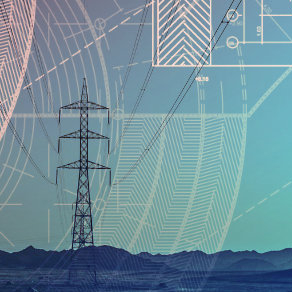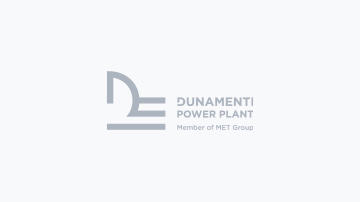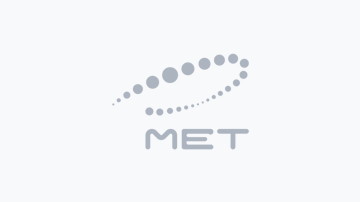
Supply must match demand, and that is just as true in the energy industry as anywhere else. But how can we align that expectation with the particularities of green power production, increasingly gaining ground as sustainability is coming to the forefront? Renewable energy production takes up an ever-increasing share of Hungary’s electricity supply, and in certain periods renewables provide a quarter of the country’s power generation.
Issues such as climate change, the surge in green energy, and the difficulties arising from these are fairly simple to understand, but the answers to problems that limit the utilisation of renewables are all the more complex. The key, again, is digitalisation, and another concept that is well-known in other energy markets: storage. In order to provide continuous supply, energy needs to be stored when the weather is sunny and windy, leaving the system oversupplied, so that it can be released at times of low supply. Building up physical storage flexibility at such a scale is not viable, but digital, automated solutions can complement existing storage technology.
The new R&D project launched by MET Group, Dunamenti Power Plant, and Navitasoft will examine potential alternative methods of utilising renewable energy sources, and how optimised automated algorithms can balance weather-dependent, intermittent power generation.
“Storing surplus electricity in batteries, which then can be used to release electricity at night or at times of low wind, is an ideal way to balance the fluctuations of renewable energy production. The challenge posed by intermittent generation can be tackled by using data-driven, digital tools, in line with expectations for a carbon neutral economy,“ said Dunamenti Power Plant CEO Péter Horváth.
The newly created aggregator platform will provide a solution to boost the flexibility of the power generation market, which comprises a range of different energy assets. The project will feature the installation of a close to 4 MW, two-hour capacity battery on the site of Dunamenti Power Plant in Százhalombatta. Consortium partners want to use the experience gained with the battery facility to prepare the aggregator platform so that it can efficiently accommodate other energy storage systems, based on a wider range of alternative energy sources.
“Currently there is no other dedicated solution – one that would combine the benefits of digitalisation and energy storage – available in the Hungarian market offering balancing services to renewable energy producers. Our goal within the framework of the consortium’s project is to provide Hungarian and foreign market players a solution that can be applied in the far-reaching optimisation of heterogeneous portfolios,” Navitasoft CEO Ákos Füzi explained.
Project no. 2020-1.1.2-PIACI-KFI-2020-00125 has been implemented with the support provided from the National Research, Development and Innovation Fund of Hungary, financed under the 2020-1.1.2-PIACI-KFI-2020 funding scheme.
Background
Strict demands for precise scheduling in power supply pose challenges to the owners, investors and operators of typically smaller, weather-dependent renewable power plants that could exceed the resource costs they can rationally afford. Because of this, as well as for reasons of economies of scale, scheduling is best left to outside experts.
Partners in the R&D project will jointly develop a software solution for energy aggregators that will allow the commercial and operational optimisation of MET Group’s asset portfolio and third-party assets as well. The new platform, supplemented with energy storage and other flexible assets, will offer a solution to the problems outlined above.
Today an aggregator platform with an appropriate IT interface is essential in the management of the flexibility from conventional energy assets such as gas engines, energy storage facilities, electric boilers and other alternatives. This means aggregators transform the owners of flexible assets, even including consumers, into flexibility service providers, allowing them to become market players. The technology that consortium partners seek to jointly develop is focused on such a newly forming market segment. (The EU, under its Clean Energy Package, wants to draw up a legal framework to facilitate the take-up of aggregator technologies.)
The project will bring about the creation of a complex aggregator solution that will incorporate a range of power consuming, and mainly smaller power generating units at Dunamenti Power Plant through smart metering systems, and the site will also integrate the electrochemical electricity storage facility that will be installed as part of the project. Operation and optimisation of the aggregator platform will be performed using the proprietary aggregator software package that will be developed by Navitasoft. The goal of software development is to offer a solution to domestic and regional electricity market players that can be used in the wide-ranging optimisation of heterogeneous asset portfolios such as that operated by MET Group.






